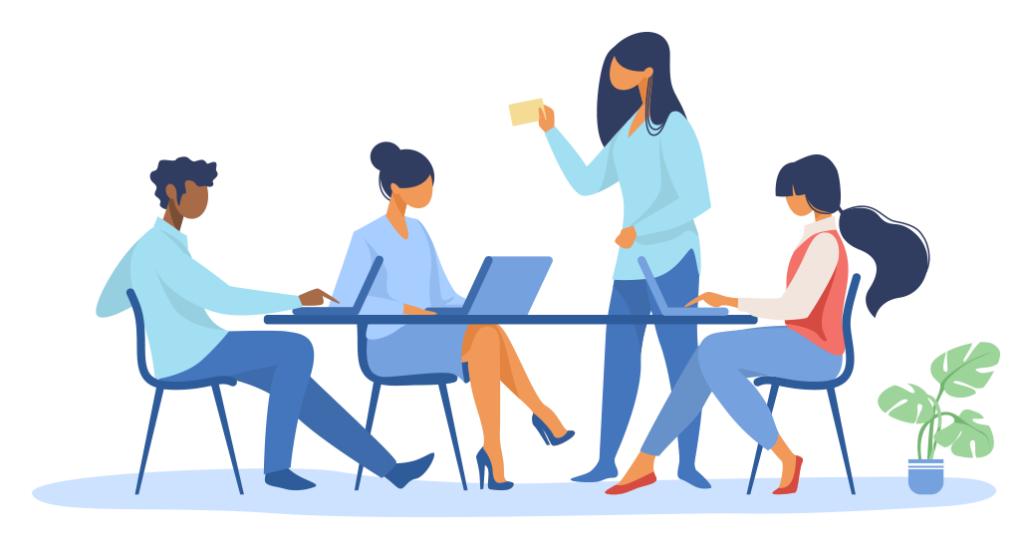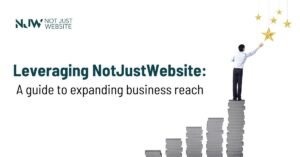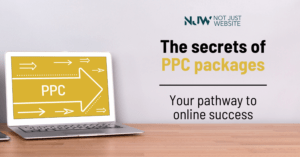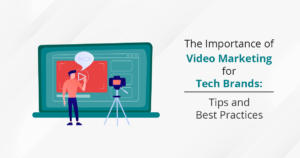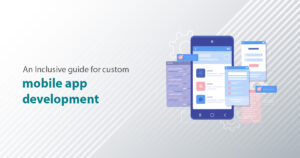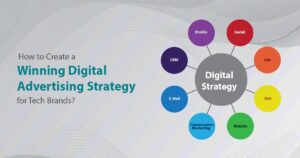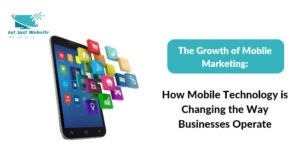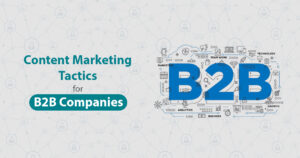On-page SEO is a critical component of SEO as it enables google to understand what each piece of content of your website is about, whether it’s text, images, or videos.
The better Google understands your content, the higher your website will rank in the searches; consequently, you will get more organic traffic. Here are some useful tips for performing On-page SEO in order to make it effective.
What is On-Page SEO?
On-site or On-page SEO is referred to the process of optimizing web pages to rank higher in SERPs for particular keywords to increase organic traffic. The process encompasses aligning page-level elements like title tags, headings, and content. Also involves a search intent with a specific set of keywords.
Practical Tips to Perform On-page SEO
Although on-page SEO is vast as an ocean, we have bought some actionable tips for you to make it concise and convenient.
Improve Headers
Headers are the anchor points of your content. Using multiple headers can help with SEO in various ways like
- First, it makes the text easy to read for the visitors
- Secondly, subheadings make google understand the content of the page by breaking it down into manageable portions.
Improving the header means you have done a major chunk of your on-page SEO without putting too much effort.
Practice SEO Copywriting
Undoubtedly, copywriting can boost your on-page copywriting efforts by many folds. Investing in great content for your landing pages enables you to engage more visitors. Furthermore, copywriting is not only good for search engines but also enhances your content marketing for visitors.
Here are some copywriting techniques used by the best bloggers:
- Avoid long sentences and huge paragraphs
- Add target keywords naturally throughout the page
- Align content with the user’s search intent
- Add stories, emotions, and examples to catch the readers’ interest
Use the Target Keyword at the Beginning
You should use the targeted keyword within the first 100 words. This signals to Google that it is the main topic of the page. Also, tell the visitors that they are at the right place. When someone lands on a web page, they give it a quick scan, find it irrelevant the just leave. Keywords are like the anchors that keep them from quickly bouncing.
Focus On Internal Linking
An Internal Link is any link linking one page of your website to another. It is essential for on-page SEO as it helps Google to understand the relationship between pages on your site.
Extensive internal linking strengthens the context, relevance, and depth of coverage on a topic. Therefore, it reduces bounce rate and improves other Google metrics like conversion rate and average session duration.
Media Optimization
Media includes images, infographics, and videos. Their optimization is also an important part of on-page SEO. Start with file names. File names should be descriptive, with words separated by hyphens. Then optimize the file size so that it loads quickly without losing quality.
If your images are constantly over 400kb, then this could hurt your google ranking; that’s why always use the concise file. You can use tools like ImageOptim, WP Smush, and TinyPNG to optimize your images without losing too much quality.

